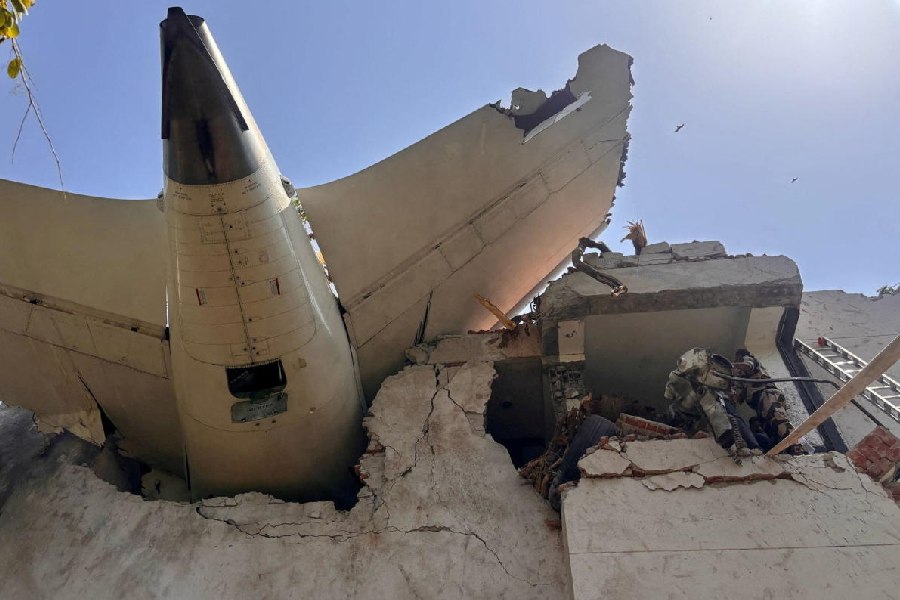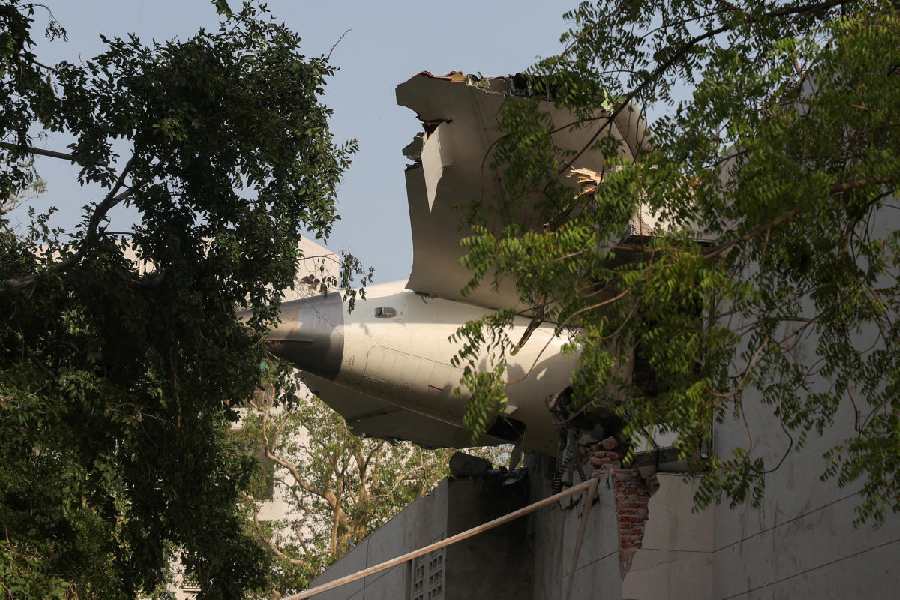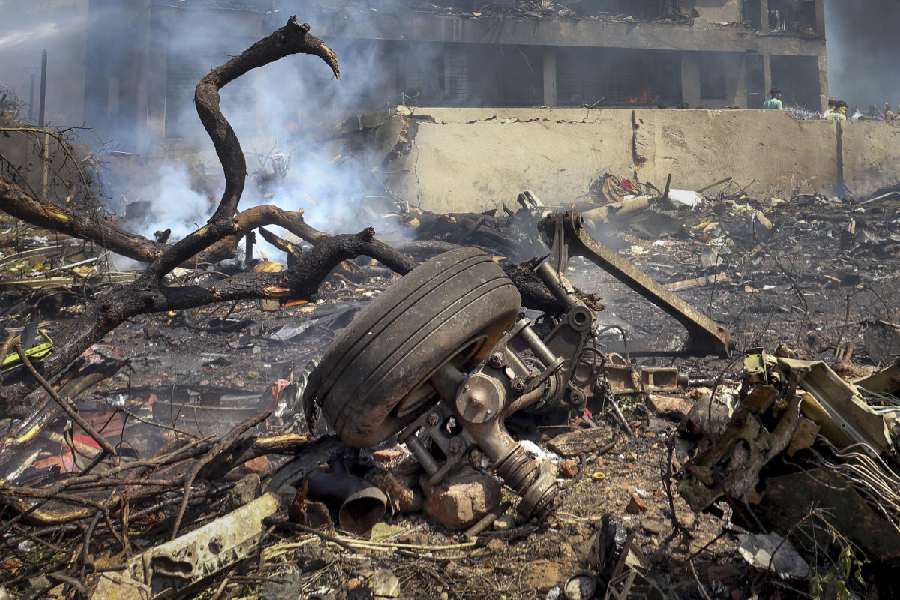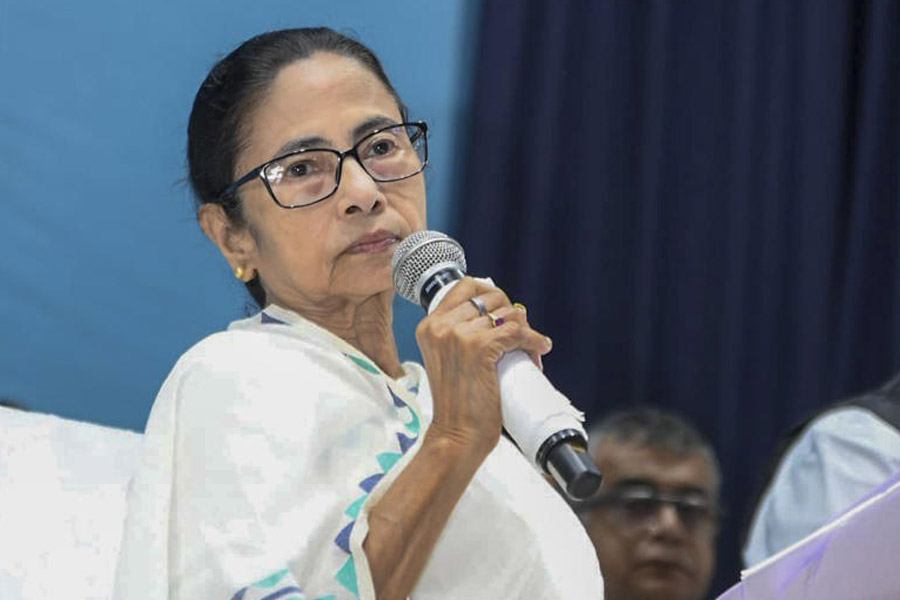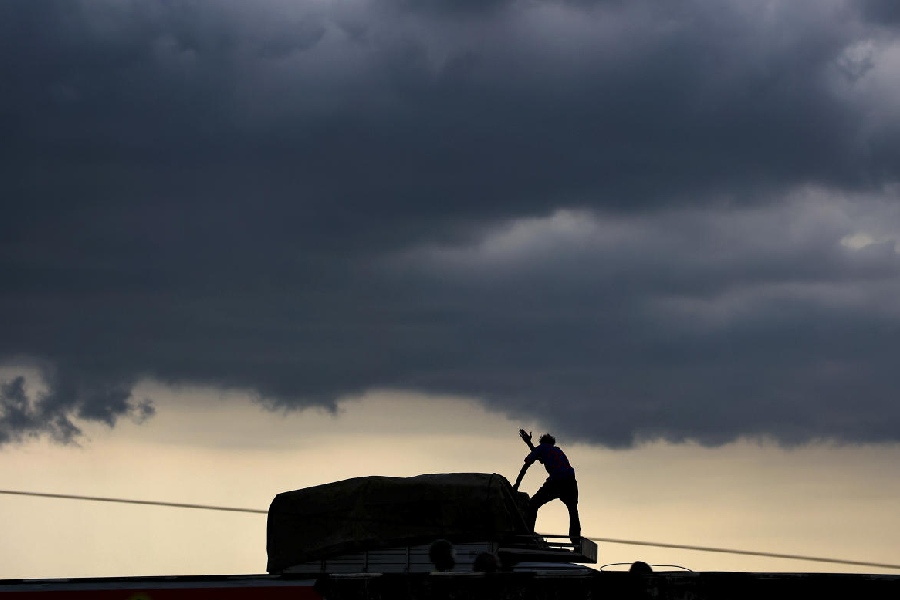 |
Some parents of kids born after, say, 1990 may have been able to implant the value and pleasure of letter-writing in their children, but I’m not one of them. Going through some old letters recently, I realized how suddenly and utterly irretrievably the whole business of the hand-written postal letter had disappeared among the computer-owning classes. For me it’s a strangely symmetrical rupture: my father died in 1988, without experiencing anything of the home computer or email and internet; both my children were born in the 1990s and by the time they reached an age where they could attempt written communication of any length the computer and the web were firmly in place. Looking at the file of old letters, it came home to me that there was a whole universe of challenge and pleasure that my kids will never experience.
Middle-class urban Indians born in the the 1970s like to claim that they are the cusp generation, born at a time of massive change, but one has to set them straight — it was actually those of us who were born between 1955 and 1965 whose childhoods spanned the hinge of change, from the last dying tugs of the 19th century to the first portents of the 21st. It seems like only yesterday, and oddly quite normal, that I was growing up in a Lake Gardens flat without even a telephone, much less any television. Communication with the world outside one’s immediate sphere was done through paper and yet more paper. The local English newspaper arrived in the morning, letters came by noon (though the post-office was just down the lane and you could go check for post till it shut), the Gujarati newspapers were brought back by my father when he returned from work in the evening, Life magazine came every fortnight and Time or Newsweek were borrowed from friends intermittently. Telegrams, bearing bad news or good, could, of course, come at any time, while phone calls were more restricted, given they came to our landlady-Mashima’s phone upstairs.
Letters mainly came in three shapes: there would be the family bulletins on postcards, the cream-yellow paper thicker than the ones you get today; there would be longer letters, news plus extra emotions and arguments, and those would be in the sky-blue, folded and sealed inland letters; even longer missives, low-grade documents, literary output and the like, would come in a postal envelope, white or, again, cream-yellow, with extra stamps added as necessary. Maybe three or four times a year, there would be an event: instead of slipping the mail into the letter-box, the postman would knock on the door. “Aerogramme!” he would announce, smiling seriously, reluctant to let the letter go from his grasp. Parental authority would hand over the two or three rupees of hostage money and people would crowd around to examine the thing. The letter would usually be from America — we rarely got mail from the UK or Europe — and for me there was a peculiar thrill about feeling the better quality sky-blue paper, noting the sharper edges of the folds, the ease and cleanness with which it could be cut open, the clarity of the stamped date and place across the face of the Statue of Liberty or whatever icon, in sharp contrast to the indecipherable brown smudge of Indian stampings.
Later, as my parents’ contacts grew with ‘phoren’, and then my own friendships, the international mail increased in frequency, taking on many shapes and sizes: big manila envelopes from America, strange lettering from Russia, wrong-slanting address-handwriting from Germany, beautiful, almost painting-like cancellations from Japan.
At some point, as a growing child, one was expected to enter into the task of actually producing some letters oneself. First were the dutiful letters to relatives, paragraphs added on below longer tracts written by parents. Then, as my own friends shifted across the country, came the letters I actually wanted to write and receive. From boarding school there were now the staccato bulletins that I myself sent to parents back in Calcutta — “we won the inter-house cricket, I batted really well”, “the maths paper was hard”, “please send more tins of Amul cheese and some chhundo....”
It was around 14 or so that I discovered that letter-writing could be an art, and also loaded with romantic and erotic charge. A close friend in school developed a chiefly epistolary relationship with one of those bizarre and desirable creatures — a girl. While the rest of us just got inland letters from mummy-amma and pappa-daddy, this scoundrel regularly got fat envelopes, with drawings of flowers and birds in coloured felt pen around his name (a practice to which he put a stop once the House-master ribbed him in front of the whole House). Inside the envelopes would be reams of paper I later learnt to call onion-skin, covered with what I would later identify as handwriting that could only come from the fair hand of a Modern High School girl. My friend would scurry off to the far corner of some field and read these letters. Occasionally I was allowed in the vicinity, where I could watch his face flare into the sunburst of an enigmatic smile. Sometimes he would read out tiny bits to me, the jokes, the nicknames, creating a whole world in my mind of the unread and unreachable. In reply, my pal would send her collages, wrappings from chocolates still sticky with smears of fruit and nut, bits of his hair. Once he wrote his pen-palette a letter, showed it to me from a distance, read out some snippets and then crumpled it up. As I stared, horrified, the madman stuffed the crumpled letter into an envelope, sealed it and posted it.
It’s true that once you hit ‘send’ on an email you can’t get it back. But this just doesn’t compare to the kind of three-dimensional regret you feel after you’ve posted the wrong letter, or the right letter to the wrong person. In an email you erase your mistakes and false detours as you go along; on a postcard, inland or aerogramme, your mistakes are there to be seen, even as redactions of heavy pen-work. Typed letters belong to a different, liminal category, but a hand-written letter is an act of physical, graphological commitment that stands almost in opposition to the digital messages sent by email, phone-text or inbox.
Equally, the quality of the waiting for a letter, or of receiving an unexpected one, the tearing or cutting open of the form or envelope, the turning over of a picture post-card, the process by which you receive the epistolation, is a whole different thing from clicking open a message on a device. There is, in every letter, a trace of the mistakes avoided, the paper not crumpled, unchucked into dustbin, a sense of ‘I have to get this just right’ that is missing from modern, intra-personal textual traffic. I’ve learnt not to set too much store by those who analyse handwriting in order to decipher the inner secrets of the writer’s soul and character — the most bold and upright hand can belong to the most duplicitous person, the creepy-crawly ant-spoor could be the result of class, national or ethnic background, or physical limitations — but there is something in the pauses, the marks, the revisions of the hand, that touches us, that hologrammic words on a screen cannot achieve.
Our family phone connection finally arrived in 1976, and TV came into the house in 1982, when I was 22. I switched over to a laptop in 1993 and almost entirely to email around the year 2002. Across this period of thirty years, give or take a few, the paper-borne letter held its own, in terms of the conveying of important emotion, against the growing ubiquitousness of the phone, held its own as a channel of news against the challenges of TV networks, held its own as a quirky human ritual in the face of a tsunami of electronics. I feel hugely lucky about this. As my two sons oscillate around the threshold of adulthood I worry about what they will have when they are older, the objects that will remind them of their formative years. I worry, quite irrationally, that, soon, memory itself may become an artefact.
As I sift through my old letters I come across two that still make my hair stand on end. One is a letter to me, a 14-year-old, from my father’s closest friend who was dying too early of cancer in a Bombay hospital. I’d written to him, worrying about death, and in reply he writes, “I’m ready to meet my maker at any time,” the small handwriting not as much at ease in English as in Gujarati, the writer then taking the trouble to re-assure a young teenager about the inevitable even as he faces it himself. The second is a postcard sent to me by a friend just after I left New York in 1982. A man in his early twenties writing to another: “the terrorist has left the devastated city and the people breathe a sigh of relief...”, the image on the post-card is a low-angle shot of a fire-eater blowing a plume of flame at the twin towers of the World Trade Center. Looking at these I find myself missing that crazy cosmos of paper-based correspondence, missing it for myself but also missing it on behalf of my sons who will never know it in the same way.





